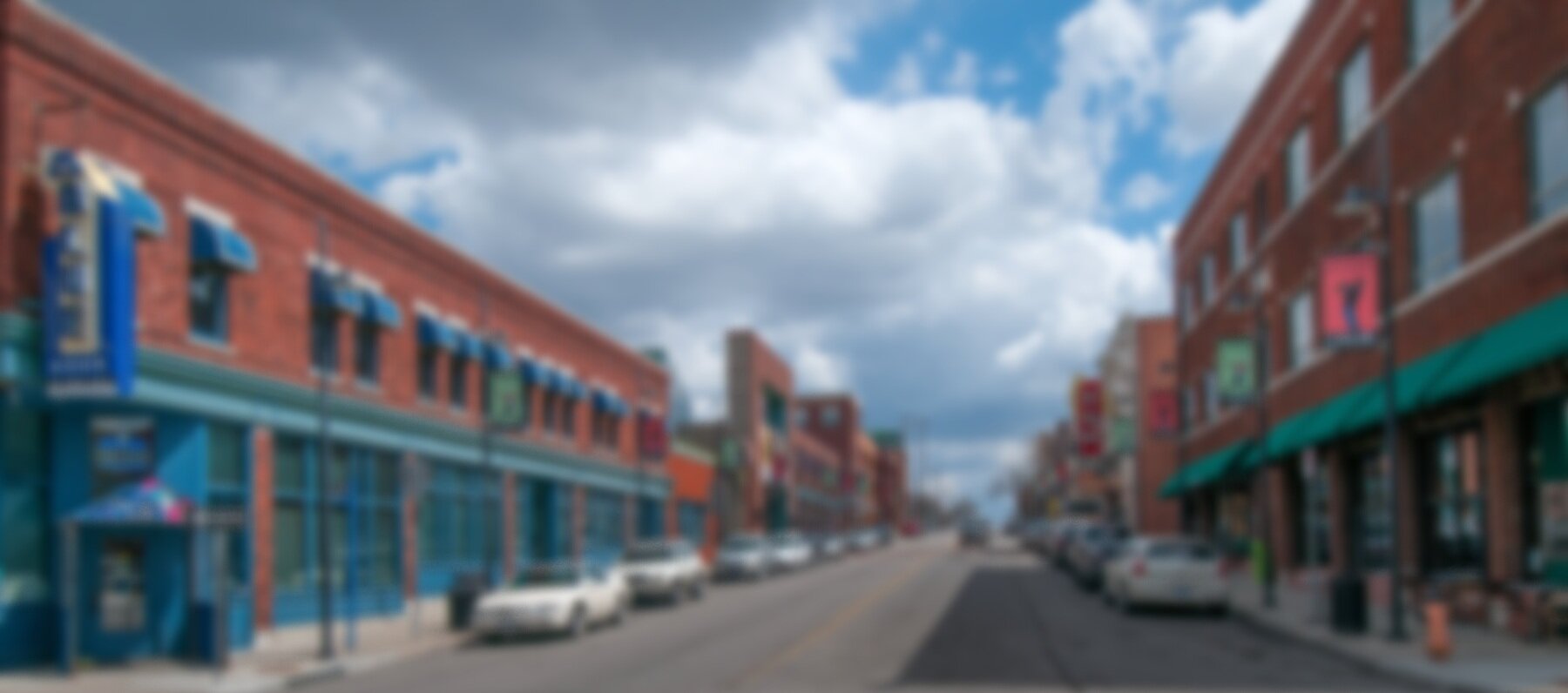
18th & Vine Historic District
18TH & VINE HISTORIC DISTRICT
Bound by covenants and deed restrictions, black Kansas Citians were prohibited from moving south of 27th Street during the first half of the 20th century. As the community grew in population it became completely self-sufficient. Black doctors, dentists and lawyers practiced and lived in the neighborhood while more than 600 businesses, hotels, theaters, restaurants and stores flourished.
The 18th & Vine area became the downtown activity center for the black community, surrounded by densely populated neighborhoods. The Kansas City Call newspaper, established in 1919, is one of the country’s oldest African-American newspapers and still operates at 1715 East 18th Street.
The area is also well known for the creation of a pioneering style of jazz during the 1920s and 30s, and located nearby was the original baseball stadium for the Negro Leagues’ Monarchs.
//
The 18th and Vine District, became Kansas City’s hub for African Americans after many moved from decaying neighborhoods nearby the Missouri River. It quickly became the heart of Kansas City’s Black business. Many of the buildings were built and designed by African Americans. They housed the community and even the most prominent Black figures of Kansas City. The number of successful businesses owned and operated by African Americans made this neighborhood significant beyond the local level.1 Since their dollars continued to flow within the black community, instead of out to white businesses, people achieved economic stability not commonly seen in America’s Black enclaves.
Jazz was born in New Orleans, lived in Chicago, but grew up in Kansas City. 18th and Vine’s nightlife quickly exploded and the nearby venues offered experiences catered to African Americans. The legendary William “Count” Basie lived on the other side of the Paseo on 18th street.4 Often playing at the Gem Theater where other Jazz greats like Louis Armstrong and Ella Fitzgerald were hosted.5 The Mutual Musicians Foundation or Local #627 could truly be attributed to Kansas City’s distinct style and sound.3 Creating this unique Jazz culture has brought pride to Kansas City but most importantly African Americans living in 18th and Vine. This sound is continually celebrated at The 18th and Vine Heritage Jazz Festival.4
If the Jazz performers became hungry, Kansas City’s famous barbeque could be found within the 18th and Vine district. Gates and Arther Bryant’s were a few blocks apart on Brooklyn Avenue. Gates Ol’ Kentucky Barbeque was located on 19th and Vine, which would later be shortened to Gates. Gates Barbeque would serve many Jazz musicians looking for a cheap bite. Sadly, a fire in 1951 would force them to relocate further away.2 Arthur Bryants and Gates were owned by community members, allowing for a dining experience that African Americans could enjoy without prejudice. Our Black pitmasters had access to fresh meat from the West bottoms Livestock Exchange and lots of different trees to perfect the Art. Though this time was extremely racist, African Americans and Black culture could flourish in 18th and Vine in peace.
If one could only visit a single area to learn about the African American experience in Kansas City, I would recommend 18th and Vine. On the corner of this intersection, you will find the Blue Room, across the street is the Historic Gem theatre. The American Jazz and Negro League Baseball Museums are both within walking distance. However, the closest experience to what it would have been like to live in the district would be Musicians Local #627. This Club recalls the glory days of Kansas City Jazz. Mismatched chairs with varying tables, stiff pours, a loud audience, with louder musicians performing until the sun comes up like the way “The Count” and Charlie “Bird” Parker did nearly a century ago.
Works Cited
Ford, Susan Jezak. “A Walking Tour of the 18th and Vine Neighborhood.” CUBE: Center for Understanding the Built Environment. University of Kansas, n.d. Accessed November 18, 2019. Missouri Valley Special Collections K.C. (MO) Public Library, Vertical File 18th and Vine
GatesBBQ. “Gates History: Gates Bar-B-Q.” Gates History. Gates Barbeque, April 8, 2014. https://gatesbbq.com/history/.
National Parks Service, and Joe Louis Mattox Library. National Register of Historic Places Inventory - Nomination Form: Mutual Musician's Foundation Building, National Register of Historic Places Inventory - Nomination Form: Mutual Musician's Foundation Building § (n.d.). Missouri Valley Special Collections K.C. (MO) Public Library, Vertical File 18th and Vine
Office of Housing & Community Development & Landmarks Commission of Kansas City, Missouri. “18th And Vine: A Walking Tour.” 18th And Vine: A Walking Tour. Kansas City, MO, 1982. Missouri Valley Special Collections K.C. (MO) Public Library, Vertical File 18th and Vine
US Central. “Gem Theater.” Gem Theater. Kansas City, MO: US Central, n.d. Missouri Valley Special Collections K.C. (MO) Public Library, Vertical File 18th and Vine
Additional Content Provided by
Zane Green, student at the University of Missouri Kansas City as part of Dr. Sandra Enriquez’s Urban History Class.
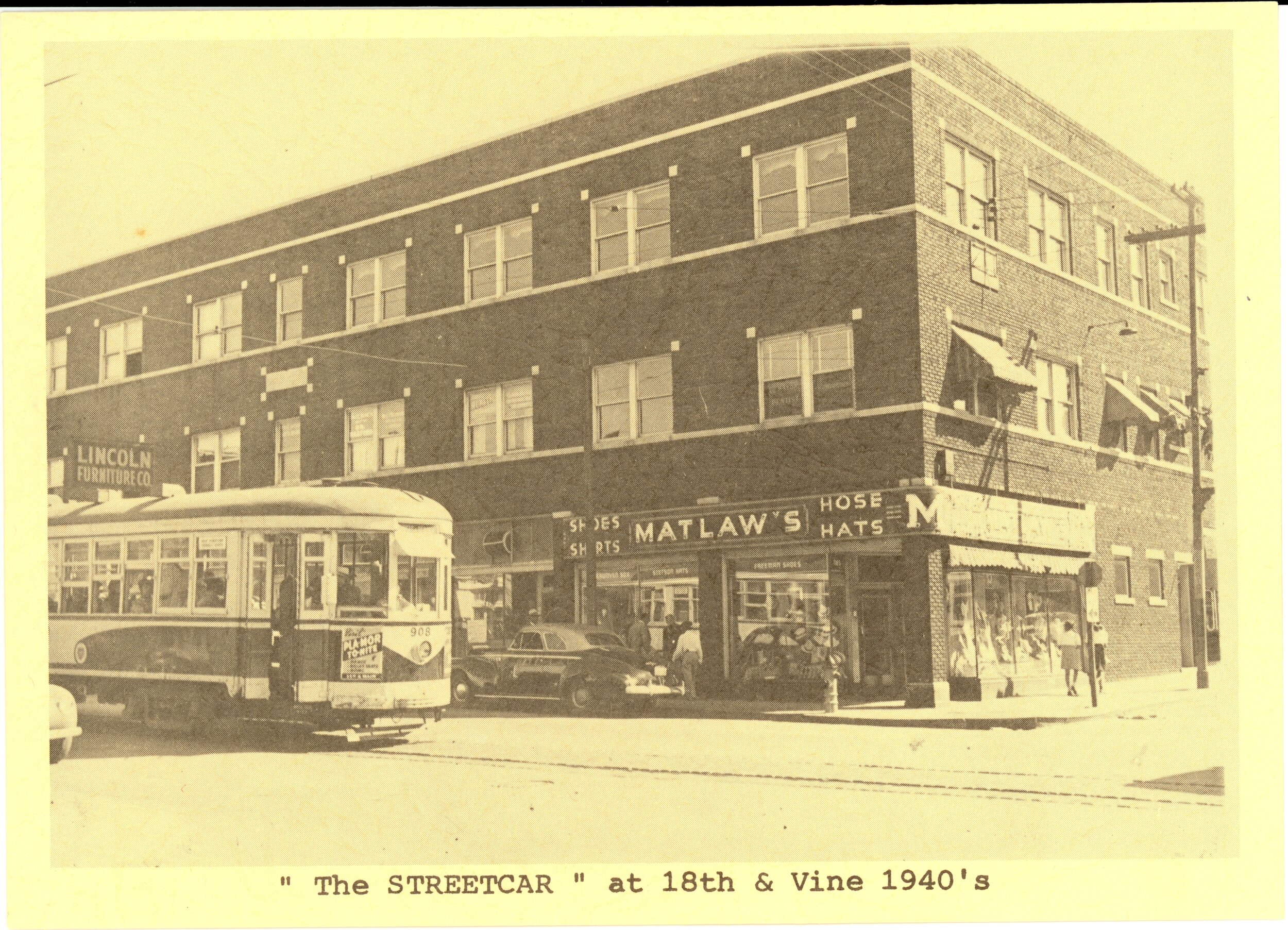
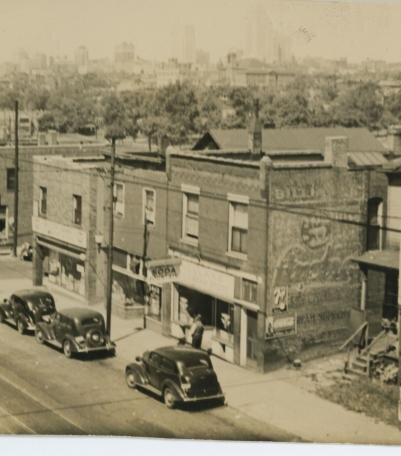
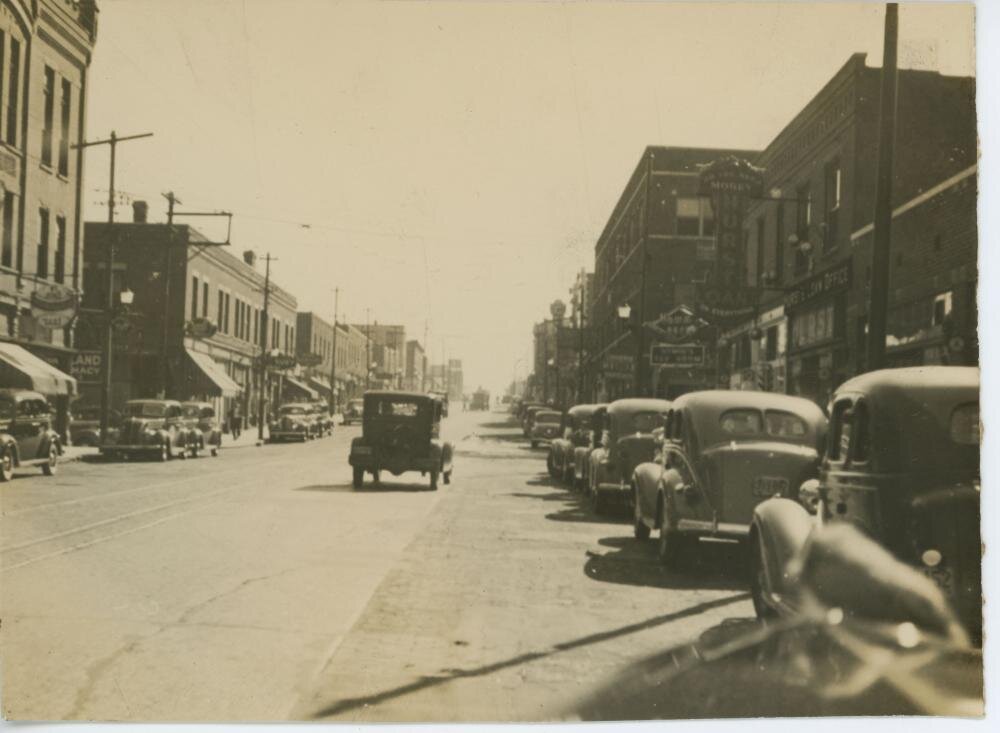
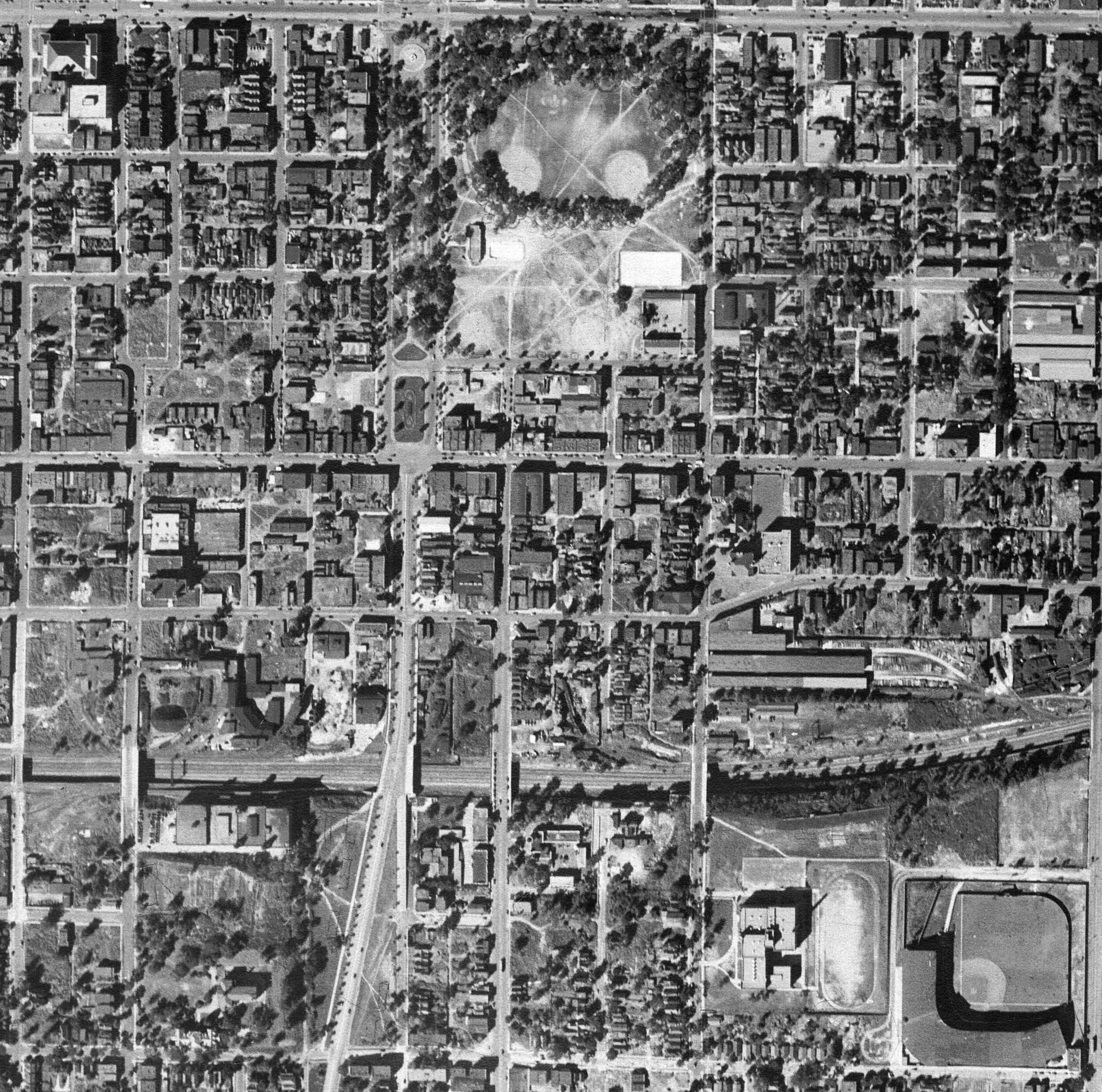
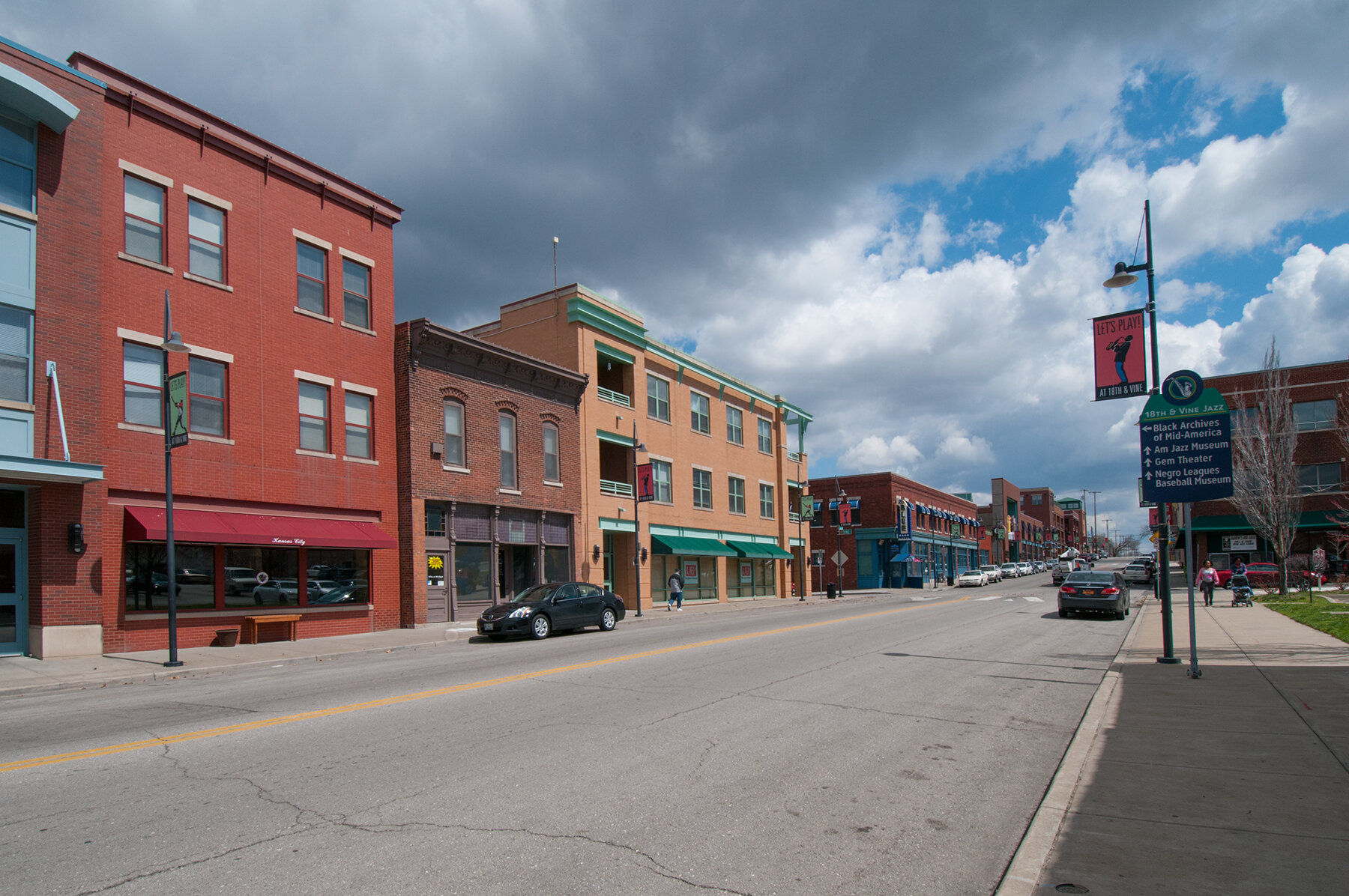
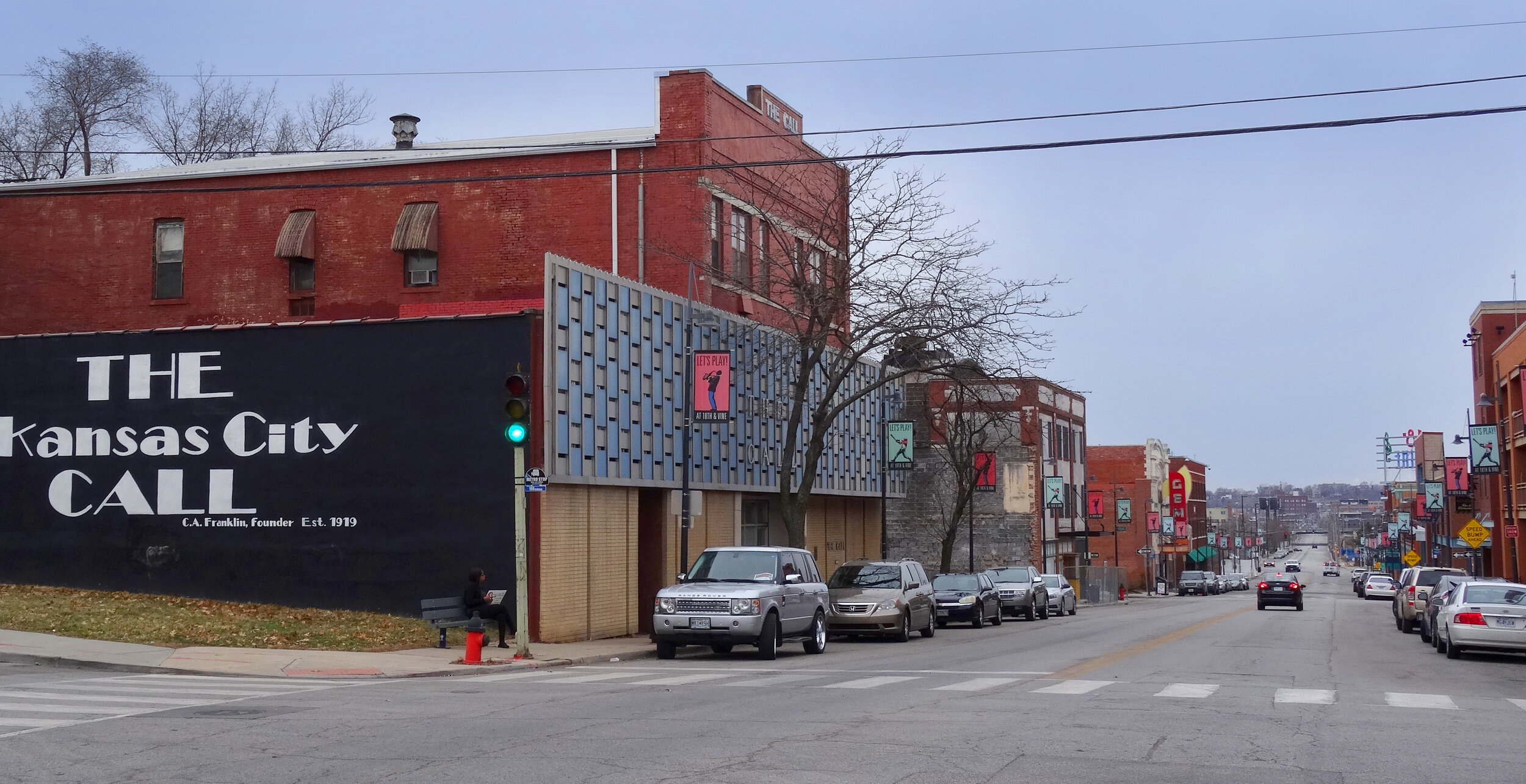


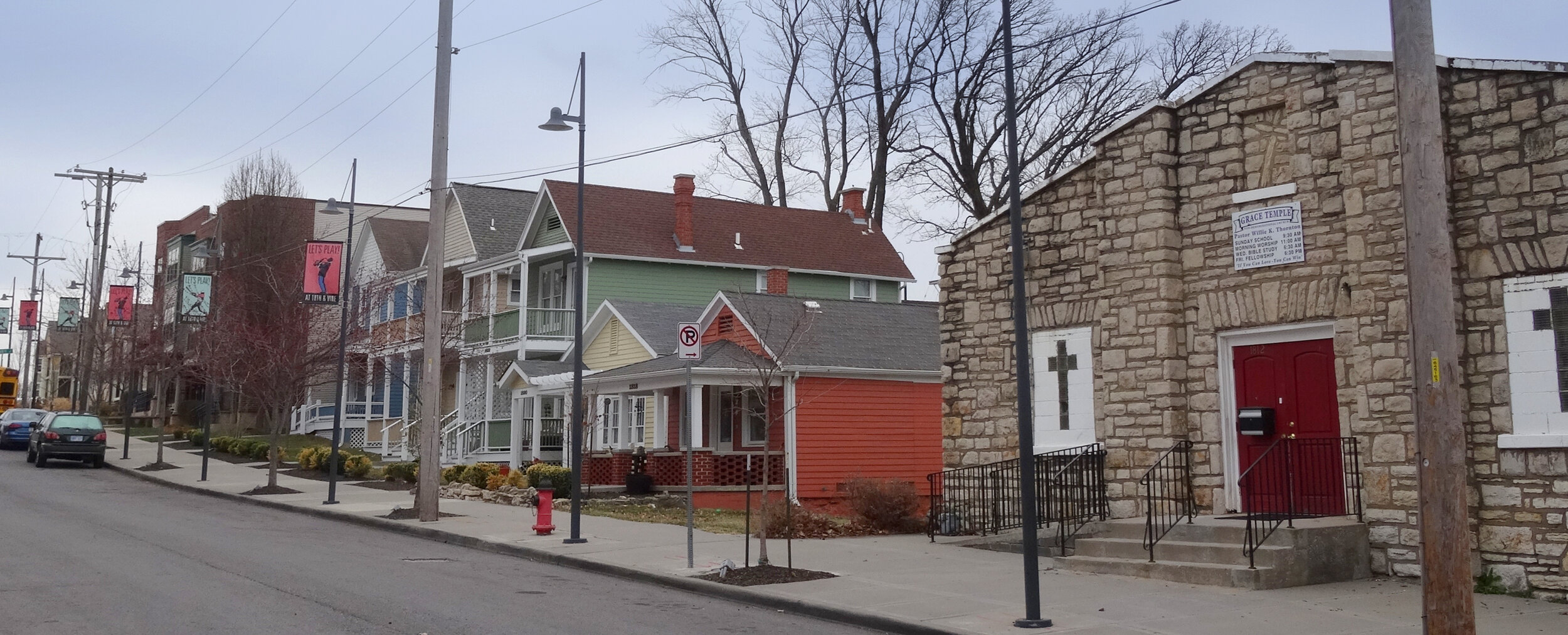
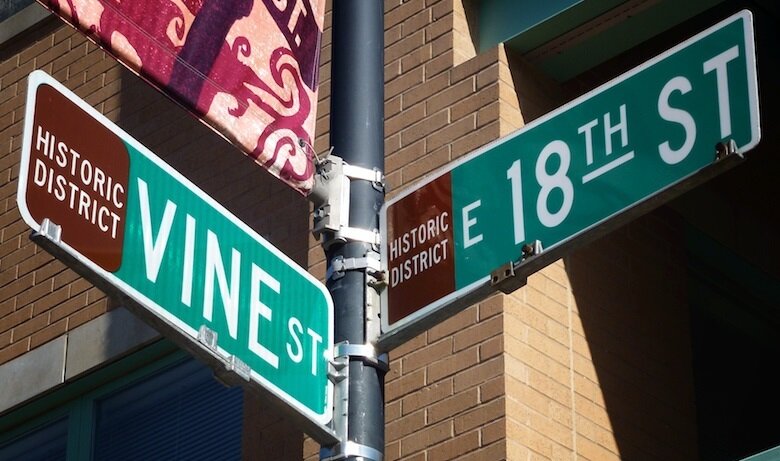
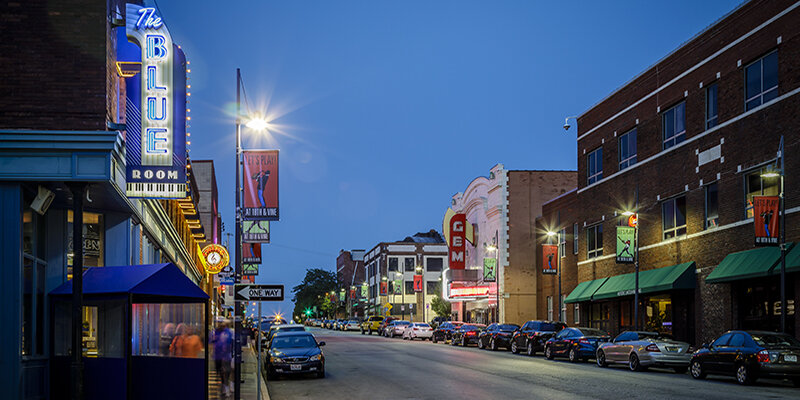
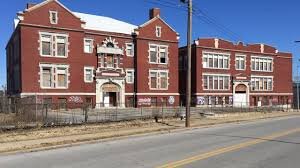
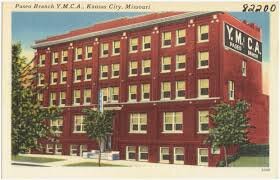
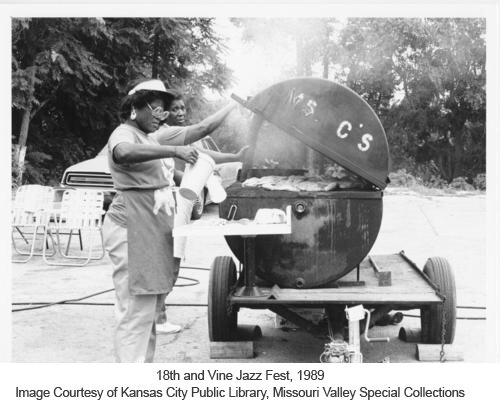
“YES I DREAMED LAST NIGHT
I WAS STANDIN' ON 18TH AND VINE
I SHOOK HANDS WITH PINEY BROWN
AN' I COULD HARDLY KEEP FROM CRYIN'”
— Big Joe Turner, “Piney Brown Blues,” 1938
content provided by:


















